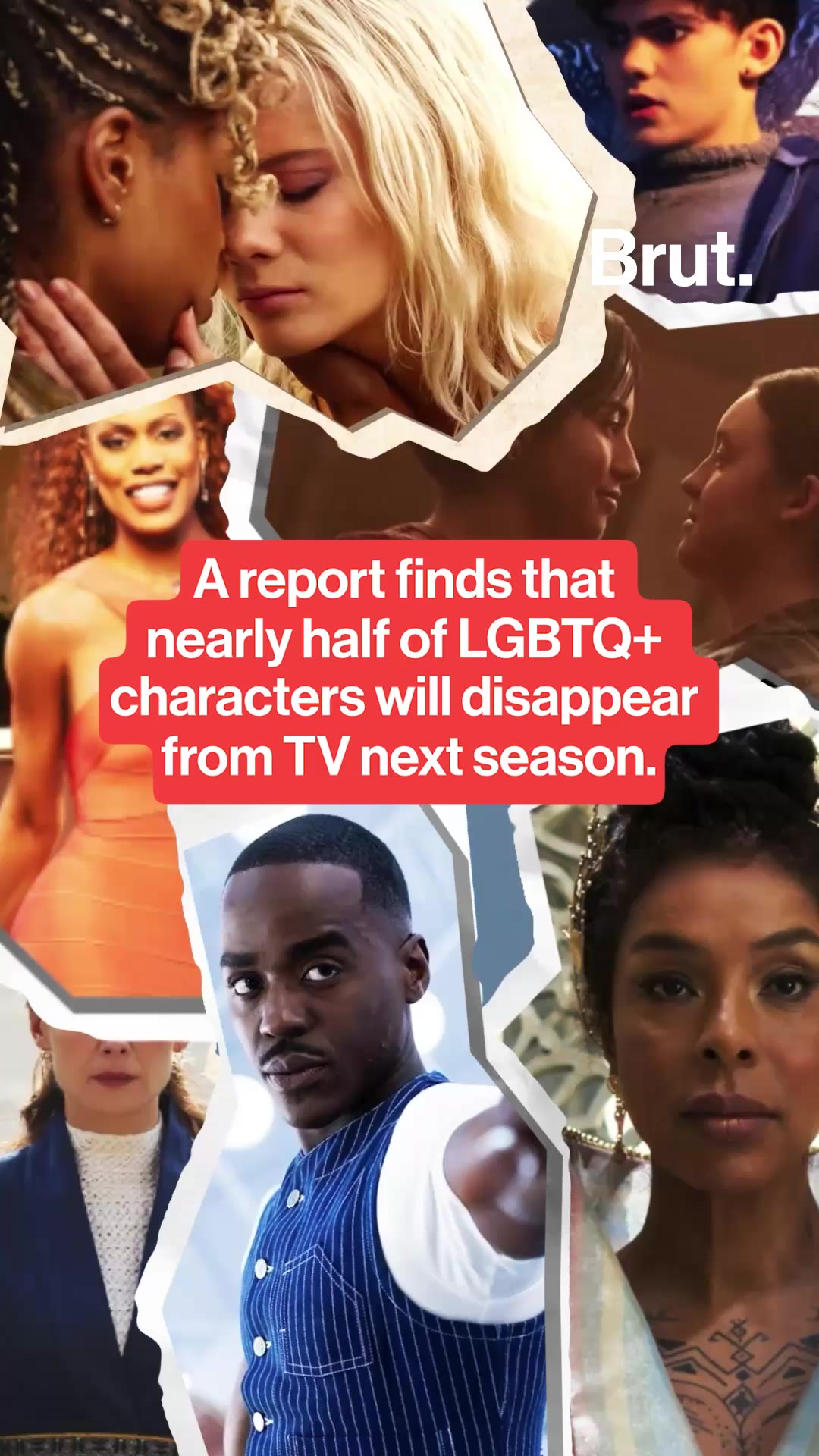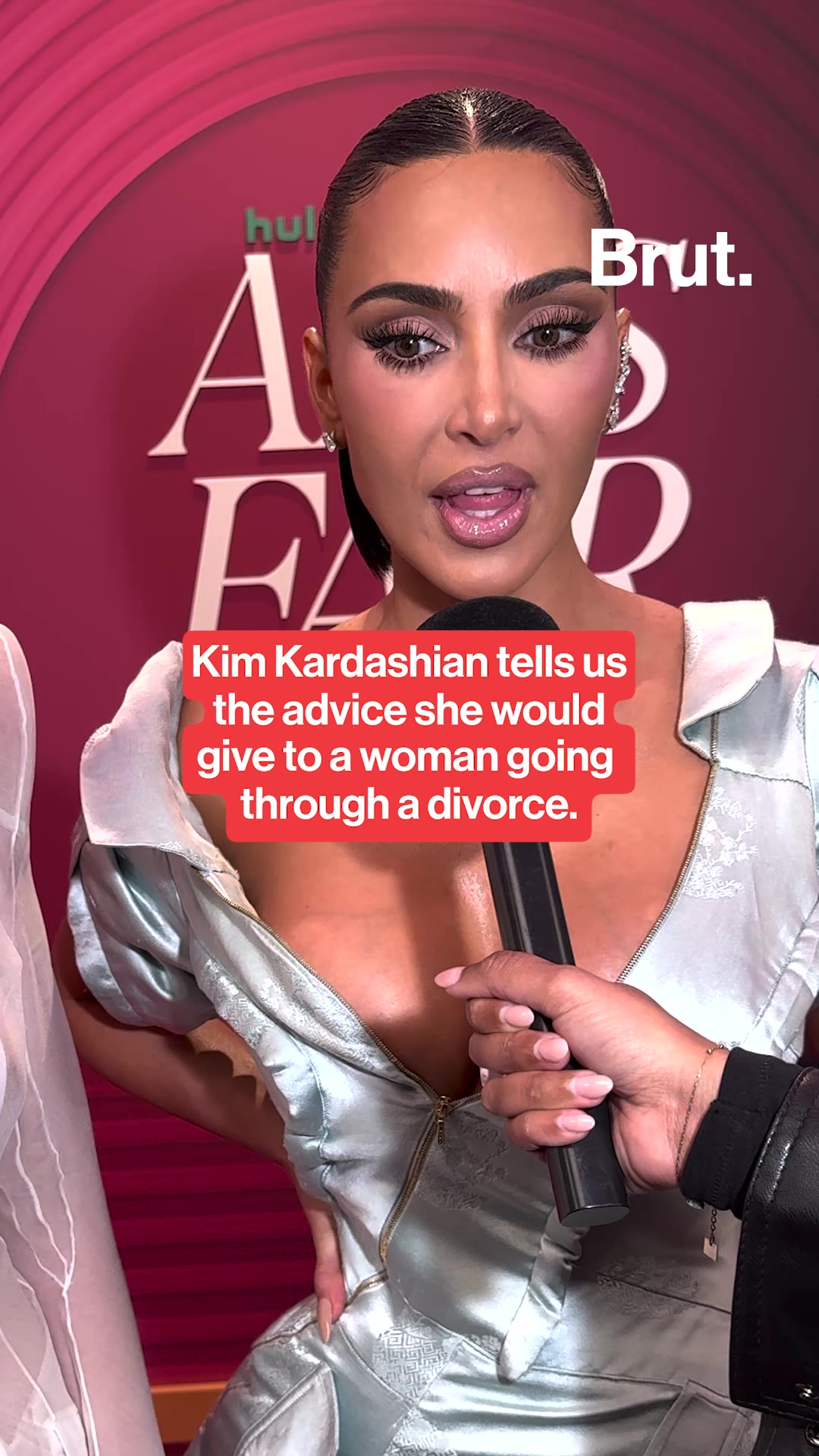How "Black Mirror" Explores Black Queerness
Black Mirroring Reality
LGBTQIA characters are now more visible than ever — look no further than the "Black Mirror" season 5 premiere. The Netflix series episode was striking for its portrayal of sexual expression in the digital world. Malik Little, the host of HIM podcast, which focuses on the black and LGBTQ community. He says it offers a nuanced take on the LGBTQIA spectrum — especially as it relates to men of color. In the episode, titled “Striking Vipers,” two lifelong black friends must suddenly come to terms with feelings of mutual attraction after becoming intimate in a virtual reality game.
Malik Little, co-host of HIM Podcast says. “It did a great job at expressing what a bisexual narrative would look like between two gay men or two black men. And I don't think people always understand that what bisexuality really looks like and what it is and that you can be physically in love with one sex and still be in love or have sex with the opposite sex. What I'm happy about now is that the new shows that are coming out and the media that we see now really shows the spectrum; like you see trans women and men, you see gay men and women you see people that are non-binary. And that's what I love about what's being produced now as opposed to back in the day where there was just like white queer men. So, I love now that everybody has a space. Even within the gay community, you know, bisexuality is kind of not understood.”
Of the 530 LGBTQIA character counted on network, cable and streaming in 2018, 19% were black based on data by GLAAD. Queer identifying series regulars on primetime programming is at an all-time high, at 8.8%. New mediums and online spaces now create opportunities for fresh stories in the LGBTQIA spectrum to be told.
Brut.
How "Black Mirror" Explores Black Queerness
Black Mirroring Reality
LGBTQIA characters are now more visible than ever — look no further than the "Black Mirror" season 5 premiere. The Netflix series episode was striking for its portrayal of sexual expression in the digital world. Malik Little, the host of HIM podcast, which focuses on the black and LGBTQ community. He says it offers a nuanced take on the LGBTQIA spectrum — especially as it relates to men of color. In the episode, titled “Striking Vipers,” two lifelong black friends must suddenly come to terms with feelings of mutual attraction after becoming intimate in a virtual reality game.
Malik Little, co-host of HIM Podcast says. “It did a great job at expressing what a bisexual narrative would look like between two gay men or two black men. And I don't think people always understand that what bisexuality really looks like and what it is and that you can be physically in love with one sex and still be in love or have sex with the opposite sex. What I'm happy about now is that the new shows that are coming out and the media that we see now really shows the spectrum; like you see trans women and men, you see gay men and women you see people that are non-binary. And that's what I love about what's being produced now as opposed to back in the day where there was just like white queer men. So, I love now that everybody has a space. Even within the gay community, you know, bisexuality is kind of not understood.”
Of the 530 LGBTQIA character counted on network, cable and streaming in 2018, 19% were black based on data by GLAAD. Queer identifying series regulars on primetime programming is at an all-time high, at 8.8%. New mediums and online spaces now create opportunities for fresh stories in the LGBTQIA spectrum to be told.
Brut.













